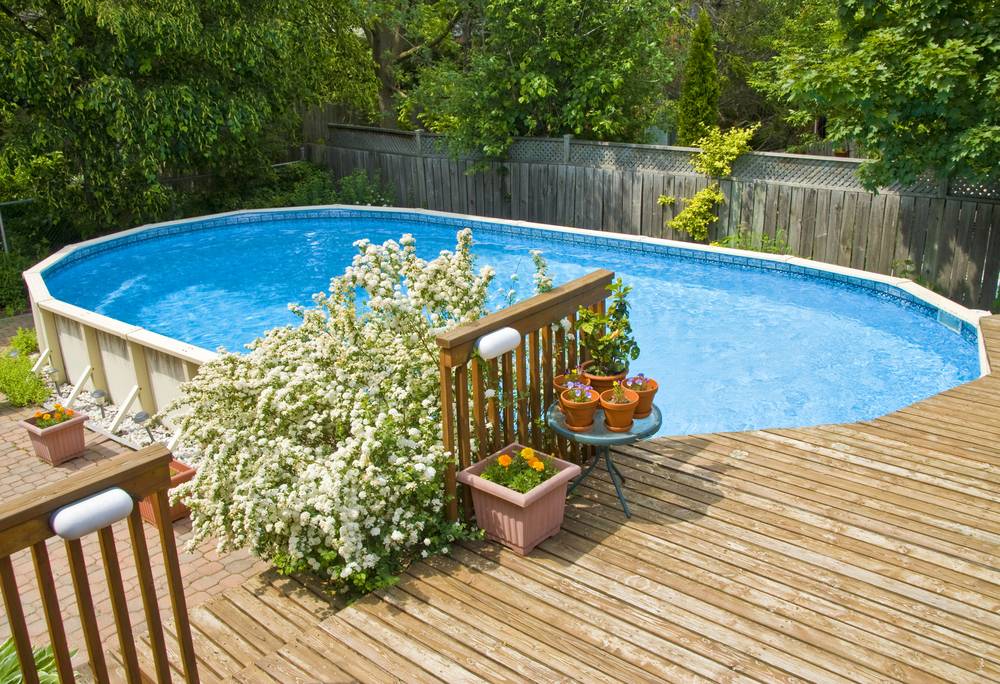Algecides *inhibit* algae growth. They can't stop the exponential runaway train, and that's a huge difference. If it killed active blooms, all anyone with a swamp would need was algecide.
As a preventative measure for the off season, its assumed that the PQ outlives the FC. But FC breaks down PQ and vice versa leaving you with less of each, ironically making you need the PQ once the FC is then too low. During the season, it's counterproductive IMO.
When closing early, it's a calculated risk that probably leans towards the PQ being more helpful than harmful. But if you close late enough, you'd have enough FC to make it to cold water for the off season if you skipped the PQ.
FWIW, I've done it both ways and since I learned how to make it through the off season with enough FC, I skip it. If you're still on team PQ, that's fine too.






